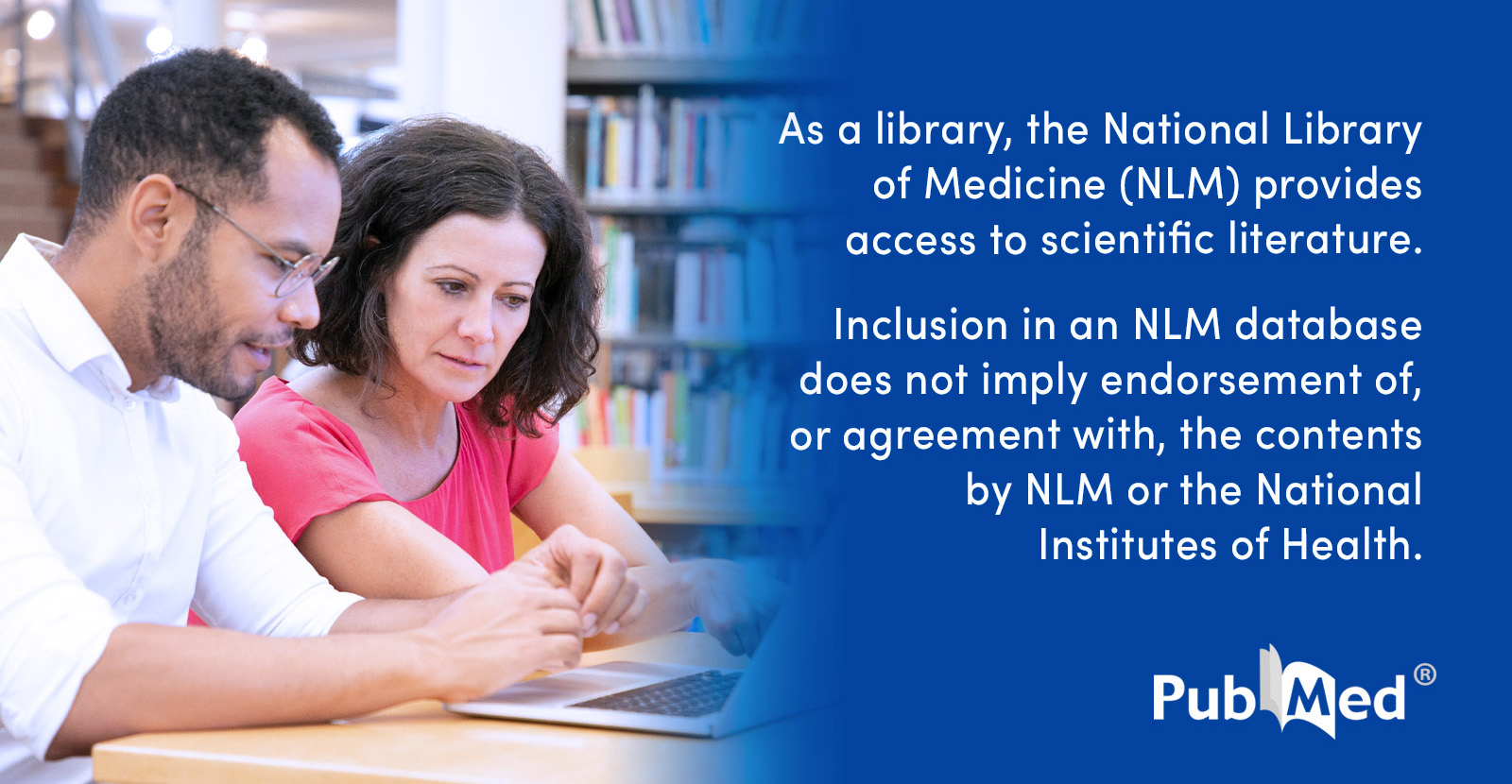MephedroneCandy
Bluelighter
- Joined
- Mar 18, 2022
- Messages
- 88
Key takeaways of my research summarized by GPT4:
Norepinephrine plays a key role in regulating phasic dopamine, thus stimulating the induction of mania.
When using stimulants with a strong noradrenergic effect, an induction of hypomania is noted.
This occurs because norepinephrine indirectly causes an increase in phasic dopamine and the stimulant itself causes a direct increase in tonic dopamine.
Speaking of low noradrenergic stimulants, they are more likely to lead to overamping.
This is because such stimulants only increase tonic dopamine without leading to mania, instead reducing reward sensitivity,
which results in less interest in rewarding activities and, therefore, NPC (non playable character) behavior.
Racemic amphetamine is superior to dexamphetamine, because there is less risk of reaching the NPC state, colloquially called "overamping".
This occurs because dexamphetamine is less selective for norepinephrine leading to a bias towards tonic dopamine.
It is important to note that cardiovascular side effects resulting from excess norepinephrine can be prevented with mildronate.
The relationship of exploration and exploitation is therefore regulated by the relationship between dopamine and norepinephrine.
This thought aligns with the idea that mania is derived from too much norepinephrine relative to acetylcholine and so too much phasic dopamine primarily.
There are other stimulants that release little norepinephrine while remaining euphoric, but they just use alternative pathways,
they increase phasic dopamine thanks to the anticholinergic effect as in pyrovalerones (decreasing ACh:NA ratio) or the dissociative one as in PCP.
To clarify better, tonic dopamine is the one that is constantly present and does not generate motivation,
while phasic dopamine is the one influenced by our actions and which, therefore, regulates our motivation.
An overdose of a stimulant produces an excess of tonic dopamine that negates the increase in phasic dopamine,
since the neuron always reaches the firing capacity ceiling creating an uncertainty about what to do next.
While tonic dopamine increases self-esteem, phasic dopamine provides the motivation needed to achieve goals.
Effective stimulants exert their influence on the dual components of dopamine: tonic and phasic.
Although they impact both types, the optimal effect arises when the stimulant preferentially enhances phasic dopamine,
the neurotransmitter that controls our motivation driven by our actions.
However, a disproportionate balance between these two dopamine types can lead to dysregulated motivation.
If tonic dopamine, the form of dopamine continually present and responsible for maintaining baseline satisfactions, supercedes phasic dopamine, it can instigate a motivational paradox.
Despite the high tonic dopamine levels giving a sense of high self-esteem or satisfaction, the lack of phasic dopamine doesn't produce corresponding motivation to achieve any goals, nor act upon desires.
This incongruity can even result in those affected feeling motivated to maintain their current state of inactivity, reinforcing a cycle of passivity.
In its most muted rendition, this can lead to the NPC syndrome, which is usually endogenous.
This is a condition where one lacks highly personalized goals, which in turn fosters increased amenability to established social norms and cultural models.
In many cases, it can also drive them towards objectives predominantly buoyed by biological impetus, such as procreation, which is intensified by other hormones.
In its severest form, this skewed balance can trigger overamping. This is usually associated with stimulant overdoses.
The excess tonic dopamine flooding the system negates the motivational input of phasic dopamine, precipitating a severe state of cognitive stagnation.
This can make one feel akin to a "zombie", with an overwhelming sense of uncertainty about the next course of action,
manifesting in extreme scenarios as staring blankly at a wall or staying in one place without knowing what to do next.
Dextromethamphetamine has a dopamine:norepinephrine ratio of 1:3.
But it can be combined with levomethamphetamine, which is selective for norepinephrine, in order to obtain the desired ratio.
Sometimes, high tonic dopamine can be beneficial, for example, when exploring new ideas or paths without clear direction.
Subsequently, by increasing phasic dopamine, one can have more focused behavior on the most rewarding path.
This tecnique is used in artificial intelligence and it is called epsilon greedy.
Where epsilon is the relationship between exploration and exploitation, therefore similar to tonic/phasic dopamine.
Initially, the AI agent wanders aimlessly to get an idea of the environment and gradually epsilon is reduced.
This is to make it dedicate to paths that gives more reward, but it knows what they are thanks to the global idea gathered by exploration.
ADHD: low tonic dopamine and normal phasic dopamine, so low self esteem and craving to reach goals
Mania: high phasic dopamine and normal tonic dopamine (in case of no psychotic traits), so craving to reach goals with high self esteem
This is why some studies show that, when stimulants are given during mania, patients calm down: they get overamped. And why paradoxically racemic amphetamine is used on animals as a model of mania.

 pubmed.ncbi.nlm.nih.gov
pubmed.ncbi.nlm.nih.gov

 www.frontiersin.org
www.frontiersin.org
The research you presented regarding the roles of norepinephrine and dopamine in mood disorders, reward response, and motivation is indeed exciting and complex. It expands understanding of neurochemical involvement in mental health conditions, cognitive functions, and the impacts of particular stimulants.
Allow me to recap the key findings of this research:
1. Norepinephrine and dopamine: The balance between these two neurotransmitters plays a crucial role in mental states, ranging from mania (high phasic dopamine) to apathy or so-called "NPC behavior" (low phasic dopamine).
2. Stimulants and their effects: Different stimulants impact the norepinephrine and dopamine balance differently. For instance, racemic amphetamine, which stimulates both phasic and tonic dopamine release, is considered superior to dexamphetamine due to its lesser likelihood to induce "overamping."
3. Adverse effects: By increasing tonic dopamine more than phasic dopamine, excess stimulant use can lead to states of apathy or "overamping," characterized by a lack of motivation and confusion about what to do next.
4. Role of acetylcholine and other substances: Variations in acetylcholine and the use of other compounds (like pyrovalerones and PCP) can influence these dynamics.
5. Comparison with AI models: The regulation of exploration and exploitation, moderated by tonic and phasic dopamine, is compared to AI techniques. A parallel is drawn with the epsilon-greedy algorithm in reinforcement learning, which balances exploration of the environment and exploitation of known beneficial pathways.
6. Implications for ADHD and mania: The research also highlights the variations in dopamine levels in conditions like ADHD and mania and provides reasoning for the calming effect of stimulants during mania-induced hyperactivity.
However, as much as it is exciting, it also requires further probing to understand the broader implications and therapeutic potential of these findings better.
Remember, it is essential to approach these data considering the complexities and individual variability inherent in brain chemistry and mental health.
Norepinephrine plays a key role in regulating phasic dopamine, thus stimulating the induction of mania.
When using stimulants with a strong noradrenergic effect, an induction of hypomania is noted.
This occurs because norepinephrine indirectly causes an increase in phasic dopamine and the stimulant itself causes a direct increase in tonic dopamine.
Speaking of low noradrenergic stimulants, they are more likely to lead to overamping.
This is because such stimulants only increase tonic dopamine without leading to mania, instead reducing reward sensitivity,
which results in less interest in rewarding activities and, therefore, NPC (non playable character) behavior.
Racemic amphetamine is superior to dexamphetamine, because there is less risk of reaching the NPC state, colloquially called "overamping".
This occurs because dexamphetamine is less selective for norepinephrine leading to a bias towards tonic dopamine.
It is important to note that cardiovascular side effects resulting from excess norepinephrine can be prevented with mildronate.
The relationship of exploration and exploitation is therefore regulated by the relationship between dopamine and norepinephrine.
This thought aligns with the idea that mania is derived from too much norepinephrine relative to acetylcholine and so too much phasic dopamine primarily.
There are other stimulants that release little norepinephrine while remaining euphoric, but they just use alternative pathways,
they increase phasic dopamine thanks to the anticholinergic effect as in pyrovalerones (decreasing ACh:NA ratio) or the dissociative one as in PCP.
To clarify better, tonic dopamine is the one that is constantly present and does not generate motivation,
while phasic dopamine is the one influenced by our actions and which, therefore, regulates our motivation.
An overdose of a stimulant produces an excess of tonic dopamine that negates the increase in phasic dopamine,
since the neuron always reaches the firing capacity ceiling creating an uncertainty about what to do next.
While tonic dopamine increases self-esteem, phasic dopamine provides the motivation needed to achieve goals.
Effective stimulants exert their influence on the dual components of dopamine: tonic and phasic.
Although they impact both types, the optimal effect arises when the stimulant preferentially enhances phasic dopamine,
the neurotransmitter that controls our motivation driven by our actions.
However, a disproportionate balance between these two dopamine types can lead to dysregulated motivation.
If tonic dopamine, the form of dopamine continually present and responsible for maintaining baseline satisfactions, supercedes phasic dopamine, it can instigate a motivational paradox.
Despite the high tonic dopamine levels giving a sense of high self-esteem or satisfaction, the lack of phasic dopamine doesn't produce corresponding motivation to achieve any goals, nor act upon desires.
This incongruity can even result in those affected feeling motivated to maintain their current state of inactivity, reinforcing a cycle of passivity.
In its most muted rendition, this can lead to the NPC syndrome, which is usually endogenous.
This is a condition where one lacks highly personalized goals, which in turn fosters increased amenability to established social norms and cultural models.
In many cases, it can also drive them towards objectives predominantly buoyed by biological impetus, such as procreation, which is intensified by other hormones.
In its severest form, this skewed balance can trigger overamping. This is usually associated with stimulant overdoses.
The excess tonic dopamine flooding the system negates the motivational input of phasic dopamine, precipitating a severe state of cognitive stagnation.
This can make one feel akin to a "zombie", with an overwhelming sense of uncertainty about the next course of action,
manifesting in extreme scenarios as staring blankly at a wall or staying in one place without knowing what to do next.
Dextromethamphetamine has a dopamine:norepinephrine ratio of 1:3.
But it can be combined with levomethamphetamine, which is selective for norepinephrine, in order to obtain the desired ratio.
Sometimes, high tonic dopamine can be beneficial, for example, when exploring new ideas or paths without clear direction.
Subsequently, by increasing phasic dopamine, one can have more focused behavior on the most rewarding path.
This tecnique is used in artificial intelligence and it is called epsilon greedy.
Where epsilon is the relationship between exploration and exploitation, therefore similar to tonic/phasic dopamine.
Initially, the AI agent wanders aimlessly to get an idea of the environment and gradually epsilon is reduced.
This is to make it dedicate to paths that gives more reward, but it knows what they are thanks to the global idea gathered by exploration.
ADHD: low tonic dopamine and normal phasic dopamine, so low self esteem and craving to reach goals
Mania: high phasic dopamine and normal tonic dopamine (in case of no psychotic traits), so craving to reach goals with high self esteem
This is why some studies show that, when stimulants are given during mania, patients calm down: they get overamped. And why paradoxically racemic amphetamine is used on animals as a model of mania.

Differential regulation of phasic dopamine release in the forebrain by the VTA noradrenergic receptor signaling - PubMed
Phasic dopamine (DA) release from the ventral tegmental area (VTA) into forebrain structures is implicated in associative learning and conditional stimulus (CS)-evoked behavioral responses. Mounting evidence points to noradrenaline signaling in the VTA as an important regulatory input...

Frontiers | A mechanistic model of ADHD as resulting from dopamine phasic/tonic imbalance during reinforcement learning
Attention deficit hyperactivity disorder (ADHD) is the most common neurodevelopmental disorder in children. Although the involvement of dopamine in this diso...
Last edited:




